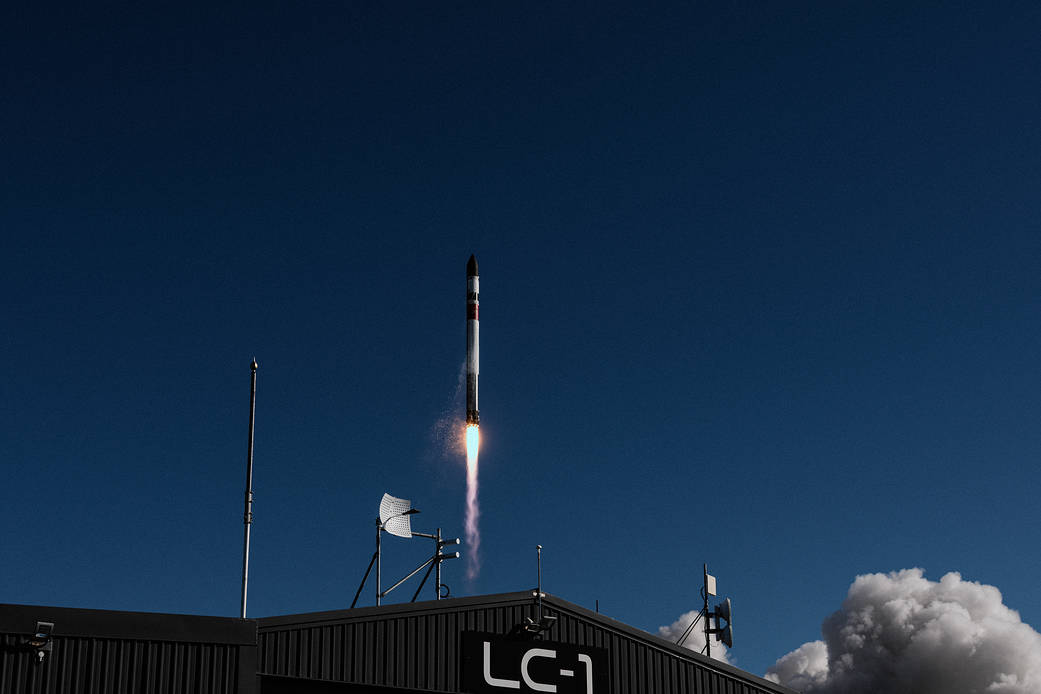On July 17, 2023, NASA’s four Starling CubeSats successfully deployed after having launched aboard Rocket Lab’s Electron rocket, shown in this image. NASA sent the team of four six-unit (6U)-sized CubeSats into orbit around Earth to see if they’re able to cooperate on their own, without real-time updates from mission control.
The four CubeSats will fly in two different formations to test several technologies paving the way towards a future where swarms of satellites can cooperate to do science in deep space. The Starling mission will last at least six months, positioning the spacecraft about 355 miles above Earth and spaced about 40 miles apart.
See more photos from the launch on Flickr and get the latest on Starling on the Small Satellite Missions blog.
Image Credit: Rocket Lab
2023年7月17日,NASA的四颗星宿立方体卫星在火箭实验室的电子火箭上发射后成功部署,如图所示。NASA将四颗六单元(6U)大小的立方体卫星送入地球轨道,看看它们是否能够在没有任务控制中心实时更新的情况下独立合作。
这四颗立方体卫星将以两种不同的编队飞行,以测试几种技术,为未来成群的卫星可以合作在深空进行科学研究铺平道路。星城任务将持续至少六个月,将航天器定位在地球上空约355英里的地方,间隔约40英里。
在Flickr上查看更多发射照片,在小型卫星任务博客上获取星城任务的最新消息。
影像来源:Rocket Lab







